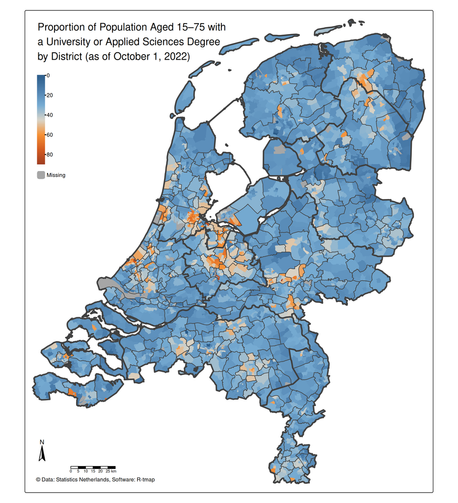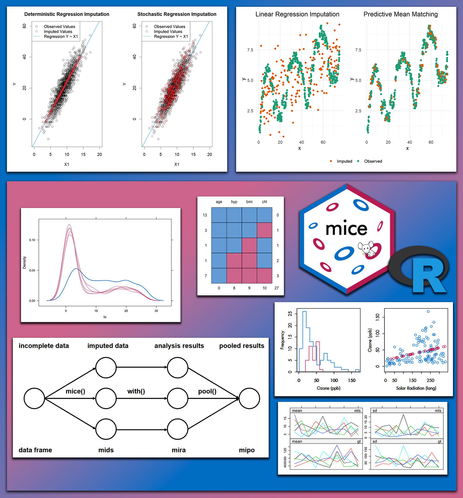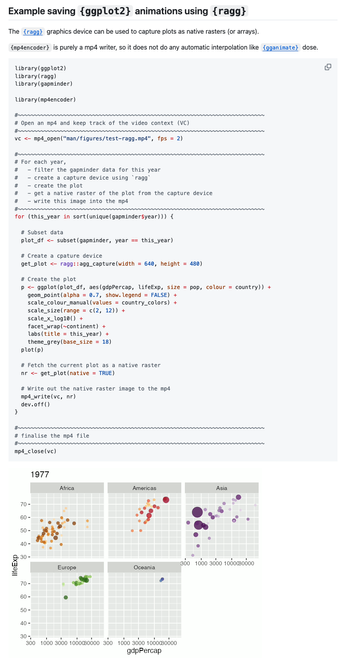OK #rstats team - explaining to new #rstats users a nice way to drop the first and last values of a vector is surprisingly tricky - something like this still feels a bit involved to new users, I'm curious what folks would use to teach? This feels a bit much:
```r
slice_middle <- function(x){
drop_last <- head(x, -1)
drop_first_and_last <- tail(drop_last, -1)
drop_first_and_last
}
slice_middle(1:10)
#> [1] 2 3 4 5 6 7 8 9
```








